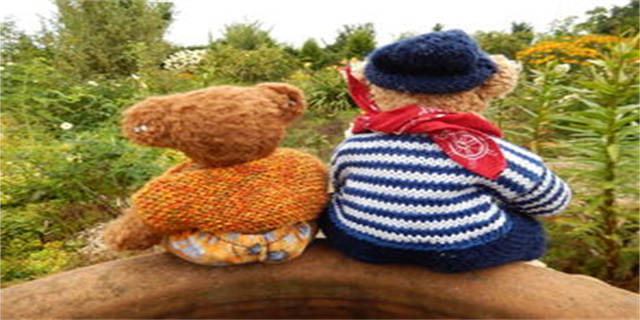最佳答案Exploring the World of TombstonesA Journey Back in Time Tombstones, also known as gravestones or headstones, have been an integral part of human history since a...
Exploring the World of Tombstones
A Journey Back in Time
Tombstones, also known as gravestones or headstones, have been an integral part of human history since ancient times. They serve as a commemoration of the deceased and a way for the living to honor and remember their loved ones. Tombstones are not just mere slabs of stone; they are symbols that reflect social, cultural, and artistic aspects of a particular era. In this article, we will dive into the fascinating world of tombstones, exploring their significance and the stories they tell.
The Evolution of Tombstones

Tombstones have evolved over the centuries, reflecting changing cultural and religious practices. In ancient times, tombstones were simple rock markers, often placed at the entrance of a burial mound or grave. These markers served as a way to identify the resting place of the deceased. As civilizations advanced, tombstones became more elaborate and ornate, showcasing intricate carvings, inscriptions, and symbols.
In the Middle Ages, tombs often featured effigies or statues of the deceased, which were made to resemble the person in life. These effigies depicted the deceased in their most glorious form, serving as a reminder of their achievements and social status. Many elaborate tombs were constructed in churches and cathedrals during this period, adorned with religious iconography and symbols.

The Symbolism of Tombstones
Tombstones are filled with symbolism, often representing religious beliefs, cultural traditions, and personal attributes of the deceased. The use of symbols on tombstones can vary greatly depending on the time period and the individual's beliefs.

One of the most common symbols found on tombstones is the cross. The cross is a universal symbol of Christianity and represents the belief in Jesus Christ and the hope for eternal salvation. However, crosses can take different forms, such as the Latin cross, the Celtic cross, or the Orthodox cross, each with its own unique meanings.
Another common symbol found on tombstones is the epitaph. An epitaph is a short inscription or phrase that is engraved on the tombstone, usually expressing love, remembrance, or religious sentiment. Epitaphs can provide insights into the personality, character, and accomplishments of the deceased.
Symbols such as flowers, angels, and birds are often used to convey messages of rebirth, resurrection, and eternal life. For example, a blooming rose can symbolize love and beauty, while an angelic figure represents the deceased's transition into the spiritual realm.
Preserving the Legacy
As time passes, tombstones can deteriorate due to weather conditions, vandalism, or neglect. It is crucial to preserve and protect these historical artifacts to maintain our connection with the past.
One approach to preserving tombstones is through professional restoration and conservation. This involves cleaning, repairing, and stabilizing the tombstones using specialized techniques and materials. Additionally, efforts can be made to document and catalog tombstones, capturing their unique designs and inscriptions for future generations.
Another way to ensure the preservation of tombstones is through community involvement. Local organizations, historical societies, and volunteers can come together to clean and maintain cemeteries, raise awareness about the importance of preserving tombstones, and educate others about their historical and cultural significance.
In Conclusion
Tombstones are more than just markers of the dead. They are a window into our past, telling stories of lives lived and commemorating the legacy of those who came before us. From their humble beginnings as simple rock markers to their evolution into elaborate monuments, tombstones provide us with a glimpse into the social, cultural, and religious practices of different eras. By understanding and preserving tombstones, we can honor the memories of the deceased and gain a deeper appreciation for our own history.







